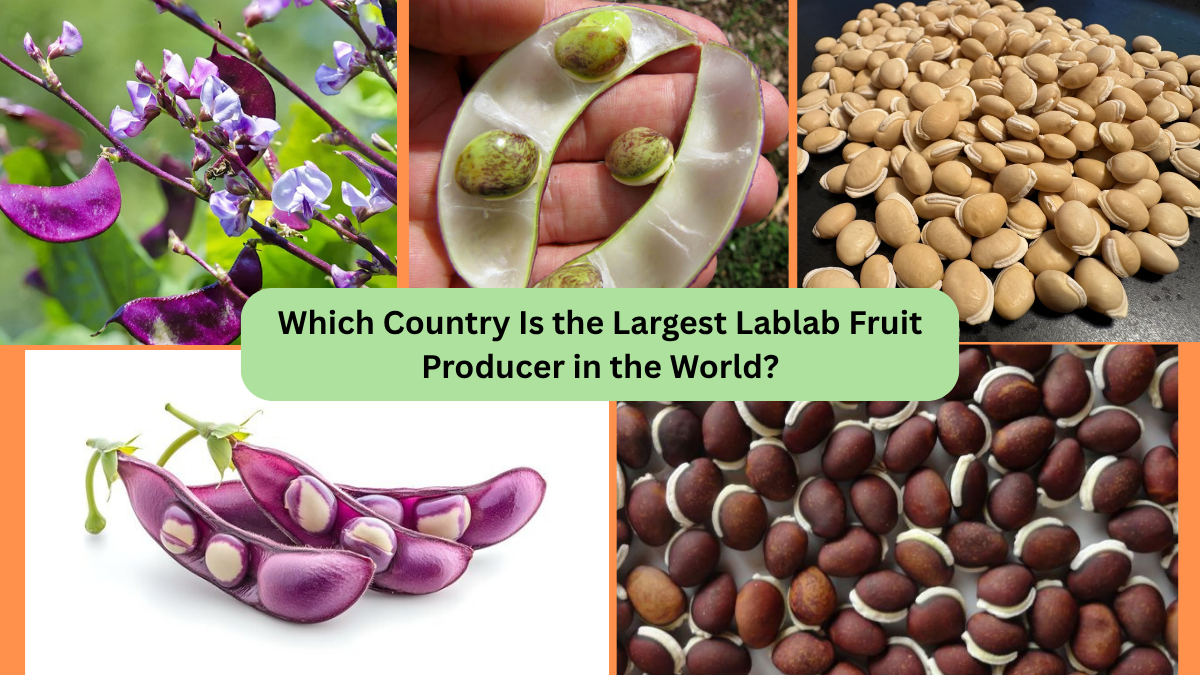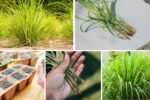In the vast and diverse world of legumes and edible pods, few plants are as versatile, resilient, and culturally significant as the Lablab fruit. Also known as Hyacinth Bean, Indian Bean, or scientifically as Lablab purpureus, this hardy perennial plant has been a staple in traditional farming systems, especially in tropical and subtropical regions. Its edible beans, pods, leaves, and even flowers have been valued for centuries — not only for culinary uses but also for their medicinal and ecological benefits.
This raises a curious question: Which country is the largest Lablab fruit producer in the world? In this article, we’ll uncover the origins, global cultivation, uses, and production trends of Lablab, before identifying the world’s leading producer.
What Is Lablab Fruit?
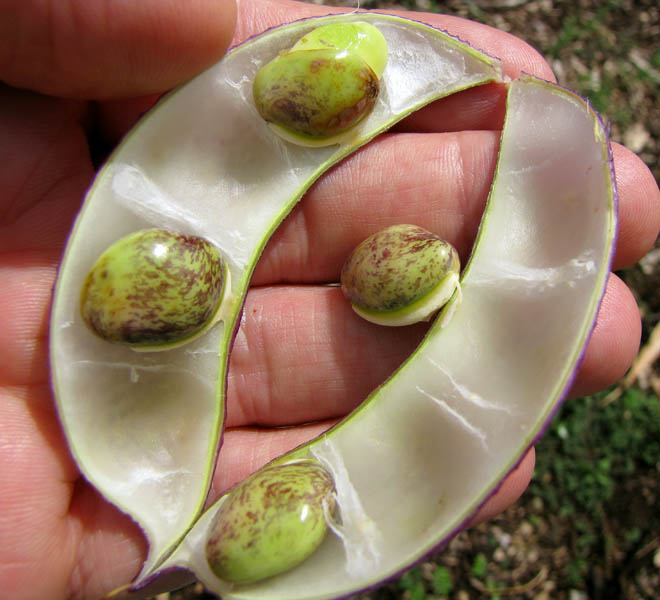
Lablab is a leguminous plant known for its climbing vine habit, attractive purple flowers, and distinctive pods that house several edible beans. While often referred to as a “fruit” in culinary contexts due to its pod form, it is botanically a legume.
Key Features:
- Plant Type: Perennial vine (grown as annual in some regions)
- Pods: Flat, crescent-shaped, green, or purple with edible seeds
- Flavor: Slightly sweet, nutty when cooked
- Nutritional Value: Rich in protein, fiber, vitamins A and C, iron, calcium, and antioxidants
- Uses: Consumed as a vegetable, pulse, forage crop, and in traditional medicine
Origins and Natural Habitat
The Lablab plant is believed to have originated in Africa, where it still grows wild in parts of East and Central Africa. From its African origins, the plant was domesticated and spread throughout South Asia, particularly India, where it became an integral part of local cuisines, home gardens, and mixed cropping systems.
It later traveled to Southeast Asia, the Middle East, and even parts of the Caribbean and Central America, thriving in hot, dry climates where other crops struggle.
Global Cultivation and Production
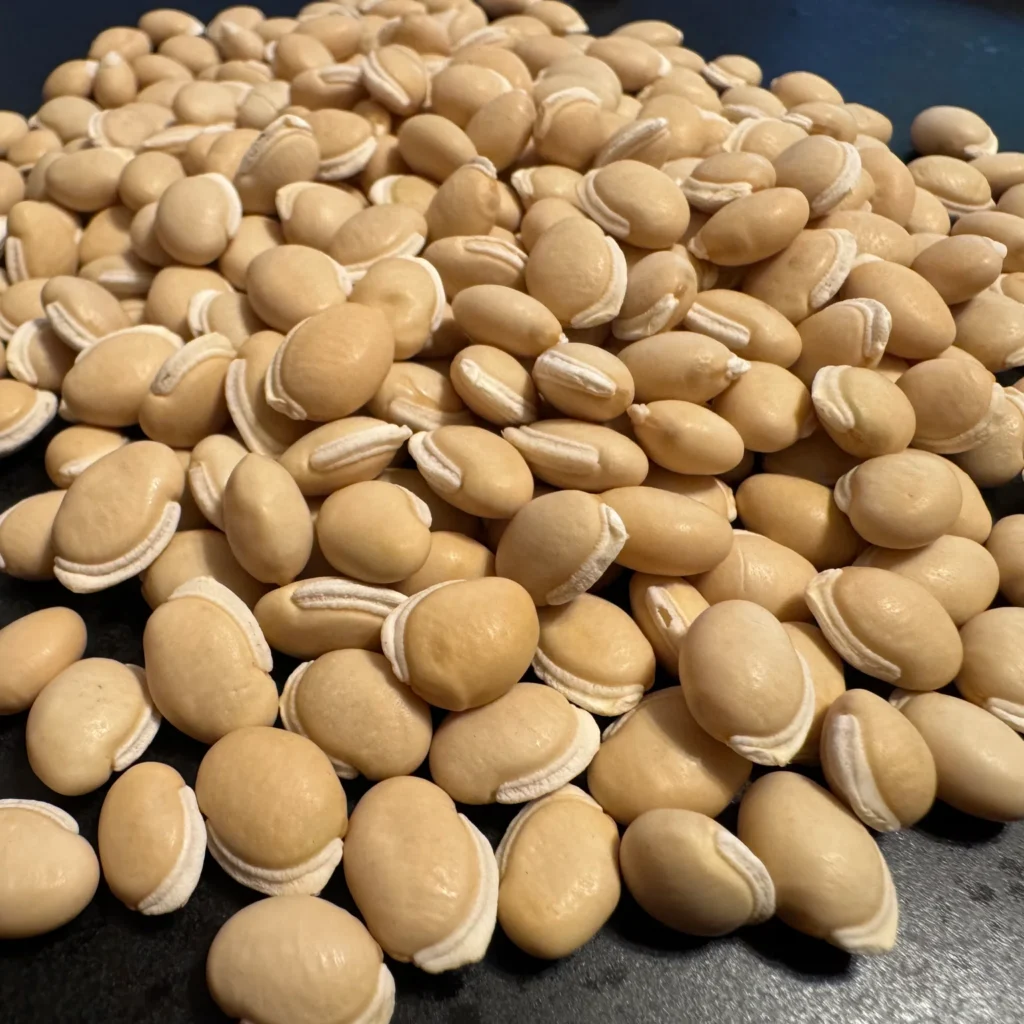
Lablab is a highly adaptable plant grown for multiple purposes:
- As a food crop: Its young pods, mature seeds, and tender leaves are edible.
- As a forage crop: Fodder for livestock due to its protein-rich leaves.
- As a cover crop: Improves soil fertility through nitrogen fixation.
- As an ornamental plant: Popular for its attractive purple flowers and pods.
Major Lablab Growing Regions:
- South Asia: India, Bangladesh, Sri Lanka, Nepal
- East Africa: Kenya, Tanzania, Uganda, Ethiopia
- Southeast Asia: Thailand, Indonesia, Philippines
- Australia: Queensland and Northern Territory (as forage)
- Caribbean & Central America: Jamaica, Haiti, Honduras
Which Country Is the Largest Lablab Fruit Producer in the World?
After examining agricultural production data, regional studies, and export records, it’s clear that India holds the title of the largest Lablab fruit producer in the world.
Why India?
India’s diverse climate, centuries-old agricultural traditions, and culinary use of Lablab have made it the world’s most significant grower of this versatile legume. Known locally by various names such as Sem, Avare, Anapakaya, or Mochakottai in different regions, Lablab is cultivated both as a staple and seasonal vegetable across the country.
Lablab Production in India: A Detailed Overview
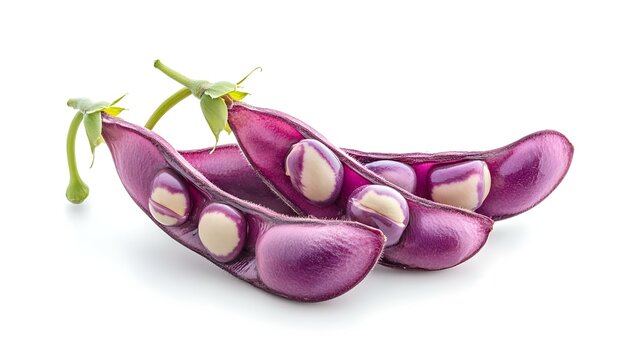
Key Producing States:
- Karnataka
- Tamil Nadu
- Maharashtra
- Andhra Pradesh
- Telangana
- Odisha
Growing Seasons:
- Kharif (Monsoon) Season: Sown in June–July, harvested by October–November.
- Rabi (Post-Monsoon) Season: Sown in September–October, harvested by January–February.
Estimated Production:
India produces over 300,000 metric tons of Lablab annually — far surpassing other countries — owing to both commercial cultivation and widespread home garden growth.
Popular Cultivars:
- HA-3 and HA-4 in Karnataka
- Co-13 and Co-14 in Tamil Nadu
- Avarai types for climbing varieties
Key Uses in India:
- Culinary: Used in curries, stews, sambars, and stir-fries.
- Medicinal: Traditional Ayurvedic remedies for digestive and skin ailments.
- Fodder: Leaves and stems fed to cattle.
- Soil Improvement: Intercropped with millets and maize to enrich soil fertility.
Other Notable Lablab Producers
While India is the undisputed leader, several other countries cultivate Lablab for local consumption and as forage.
Kenya
Lablab is highly valued in Kenya, particularly in semi-arid regions, as a drought-tolerant crop that provides protein-rich food and livestock feed.
Tanzania
In Tanzania, Lablab is often intercropped with maize and cassava. It serves as a dual-purpose crop — for human consumption and livestock fodder.
Philippines
Known locally as Bataw, it’s a common backyard vegetable grown throughout the islands.
Australia
In Queensland and Northern Territory, Lablab is primarily cultivated as a high-protein forage crop for cattle grazing in dry regions.
Health and Agricultural Benefits of Lablab
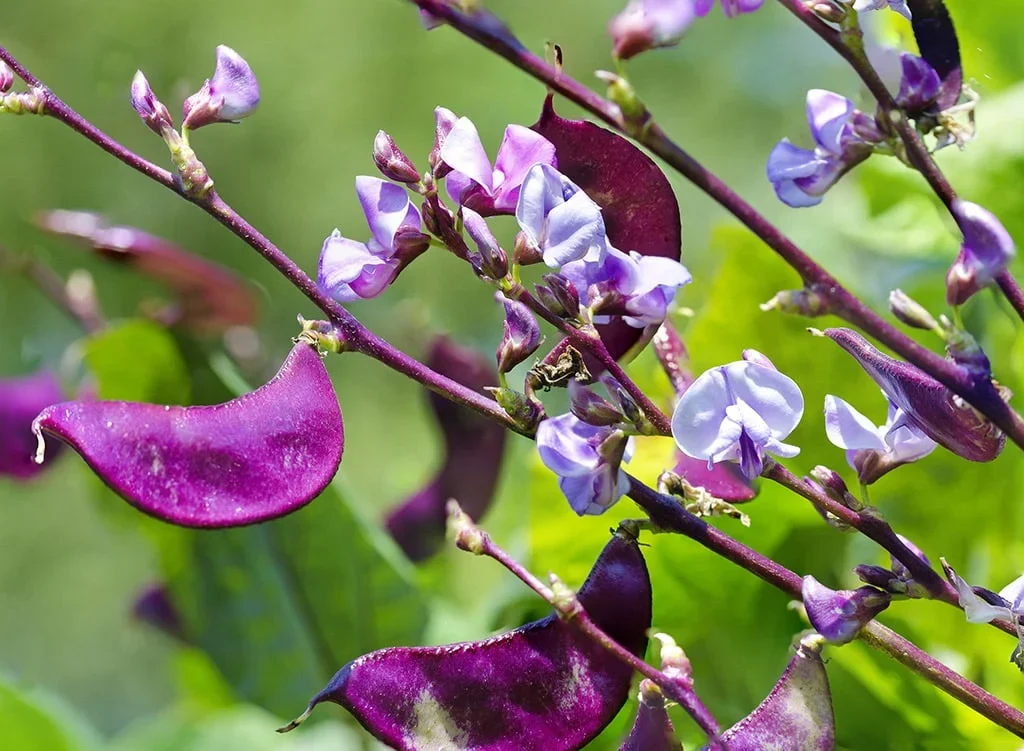
Nutritional Benefits:
- High in dietary fiber, aiding digestion.
- Rich in proteins, beneficial for vegetarian diets.
- Contains minerals like calcium, iron, and phosphorus.
- Antioxidants support immune health and reduce oxidative stress.
Agricultural Advantages:
- Thrives in dry, marginal soils.
- Acts as a nitrogen fixer, improving soil fertility.
- Offers dual-purpose benefits — food and fodder.
- Provides ground cover, reducing soil erosion.
Medicinal Uses:
- Treats diarrhea, stomach ailments, and skin problems in traditional medicine.
- Lablab seed extracts have shown antioxidant and antimicrobial properties in studies.
Challenges in Lablab Cultivation
Despite its resilience, Lablab farming faces some hurdles:
- Pest Issues: Susceptible to aphids, pod borers, and leaf miners.
- Limited Market Awareness: In some regions, it’s underutilized due to lack of awareness.
- Seed Supply: Limited availability of improved, high-yielding varieties in many African and Asian countries.
- Post-Harvest Losses: Perishability of fresh pods affects transport and market shelf life.
The Future of Lablab Cultivation
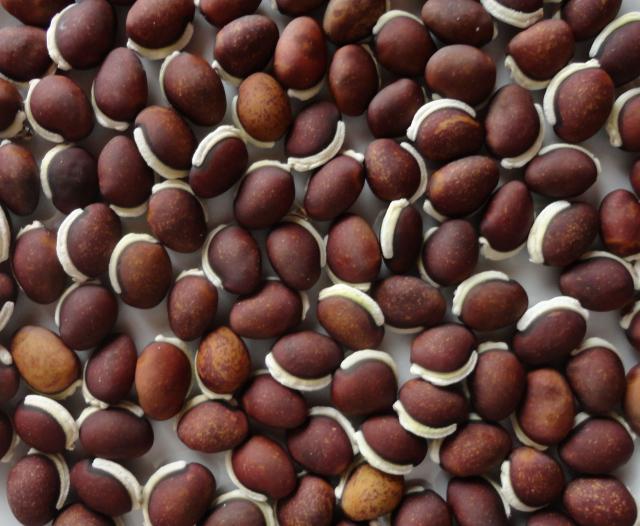
With growing interest in climate-smart, drought-resistant crops, Lablab is gaining attention among researchers and farming communities. India continues to lead by developing improved varieties with higher yield potential, pest resistance, and better adaptability to varied climates.
Internationally, the Food and Agriculture Organization (FAO) and other agricultural development agencies are promoting Lablab as a key crop for food security in water-scarce regions.
Conclusion
In conclusion, India stands as the largest Lablab fruit producer in the world, with its extensive agricultural systems, rich culinary traditions, and diverse agro-climatic zones contributing to the dominance of this versatile legume. While other countries like Kenya, Tanzania, and Australia also cultivate Lablab, India’s massive production, both for domestic consumption and regional markets, remains unmatched.
As global climates shift and the demand for resilient, nutrient-rich crops grows, Lablab’s role in sustainable farming and food systems is set to expand — with India continuing to lead the way.
